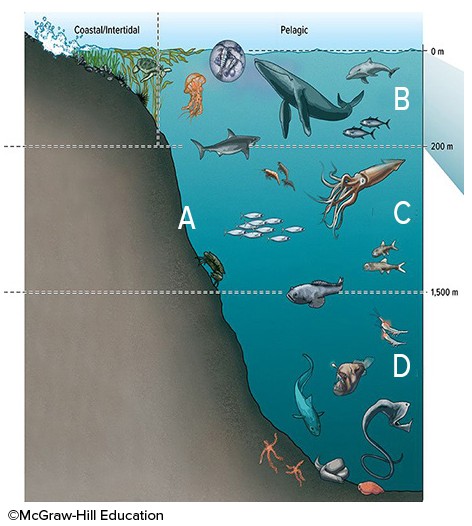Contrast temperature variations with depth in the high and low latitudes. Why do high-latitude waters generally lack a thermocline?
What will be an ideal response?
Surface waters are warmed by the Sun, so they generally have higher temperatures than deeper waters. As a result, tropical lower-latitude surface waters are warmer than high-latitude surface waters. As you go deeper in the water column, temperatures approach freezing, so there is a thermocline in low-latitude waters, while high-latitude surface water is only marginally warmer than the water at depth, so there is no thermocline.
You might also like to view...
Which statement best describes how patterns in ocean floor heat flow from a mid-ocean ridge vary as one moves away from the ridge in any direction? Which statement best describes how patterns in ocean floor heat flow from a mid-ocean ridge vary as one moves away from the ridge in any direction?
- Heat flow decreases
- Heat flow stays essentially the same
- Heat flow increases
How many variables can be displayed in a bubble plot?
A. 3 B. 1 C. 4 D. 2
What describes the pattern of more energy arriving at the tropics and less energy arriving at the poles?
A. latitude B. season C. apogee D. altitude E. ocean currents
In the diagram below, D is the
A. benthic zone. B. mesopelagic zone. C. hadal zone. D. epipelagic zone.